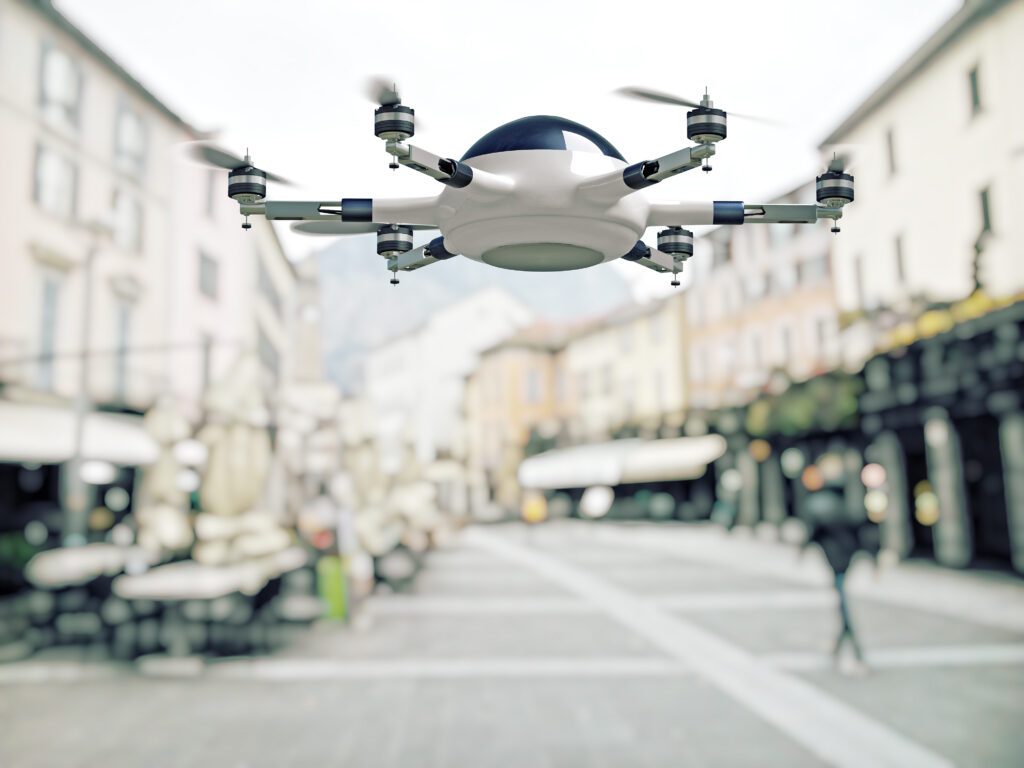Lohmann & Rauscher actively assesses M&A as part of nearshoring strategy – CFO
Lohmann & Rauscher (L&R), a Germany-based medical devices and services company, is actively pursuing acquisitions as part of its nearshoring strategy, CFO Holger Mägdefrau told Mergermarket.
Nearshoring has become increasingly important, Mägdefrau said, pointing to factors such as geopolitical instability posing continuous risks to global supply chains and the dependence of the medical device industry on Chinese suppliers.
Therefore, the company’s M&A strategy targets acquisitions that support supply chain stabilisation and reduce dependency on suppliers from China, he said. Its acquisition of ADA Group, a Portuguese producer of wound care products, announced earlier this month, is a case in point, he added.
L&R is exploring opportunities in the US, the Nordics, and North Africa, including Maghreb and Egypt, Mägdefrau said, particularly of local sales and marketing players in the healthcare products and services sector.
Asia is less of a focus due to limited market knowledge and distance from core operations, Mägdefrau said, noting that the company remains cautious about entering markets where it lacks deep local insight.
The company is also interested in acquisitions as a way to expand its services offering, Mägdefrau said. For instance, companies offering in-hospital delivery services and inventory management, as well as billing providers in the US and Europe, are of interest.
Its recent M&A strategy has also seen it expand its product technologies and digital platform capabilities. For instance, in February 2025, it acquired dermatology platform OnlineDoctor.
L&R, which generated EUR 812.7m in revenues in 2024, typically targets companies with revenues between EUR 5m and EUR 100m but could also consider larger deals, Mägdefrau said. The company’s largest acquisition to date was Unisurge in the UK, which it acquired in April. Unisurge generates EUR 60m revenues, he added.
L&R prefers to acquire family-owned businesses with a compatible corporate culture and strong management teams willing to stay post-transaction, Mägdefrau said. Some acquisitions are fully integrated, although the company may retain strong brands in certain cases, such as when acquiring a market leader, he added.
L&R has financed most of its acquisitions from cash flow but has also used debt for larger transactions, he said. The firm has an equity ratio above 50% and is prepared to increase its debt ratio if needed.
The company has an in-house M&A team and so far has not awarded buyside mandates, Mägdefrau said. L&R conducts its own target searches in strategic markets, while external advisors are engaged for legal, financial, and tax due diligence, depending on deal size. Regulatory and IT due diligence is always handled internally, he added.
L&R competes with larger medical devices players such as Hartmann, Essity, Smith & Nephew, and Mölnlycke, Mägdefrau said. Together with these peers, L&R covers a significant portion of the global market. However, the space remains partially fragmented, with many family-owned businesses active in the lower double-digit revenue range, he added.
The market environment remains challenging, with increased cost pressure across healthcare systems and intensified competition from low-cost suppliers, particularly from China, he said. This pressure is accelerating consolidation. The market is, however, expected to grow long-term due to demographic trends and the emergence of new healthcare systems in developing economies, he added.
L&R specialises in the development and manufacture of healthcare and hygiene products. The firm was formed in 1998 through the merger of two long-established businesses: Lohmann, founded in 1851, and Rauscher, founded in 1899.
The company employs more than 6,000 staff and operates 19 production sites across 13 countries, according to company data.
Its portfolio includes over 56,000 products across three core segments: Wound Management (30%); Bandages & Supports, including compression products (30%); and Set-Systems & Hygiene – OR (40%).











